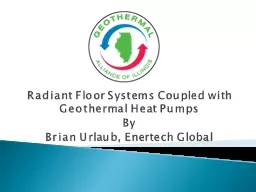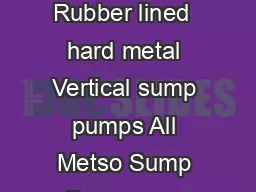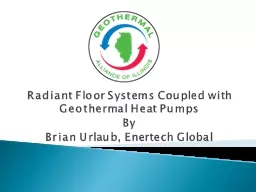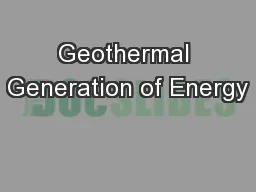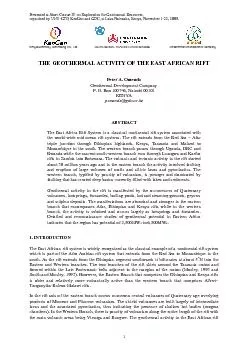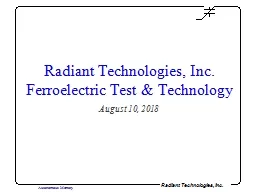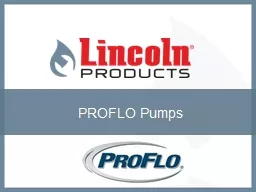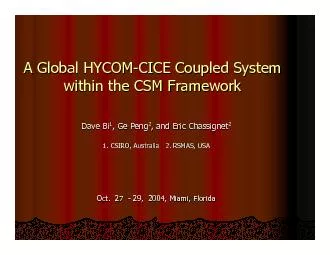PPT-Radiant Floor Systems Coupled with Geothermal Heat Pumps
Author : cheryl-pisano | Published Date : 2017-06-04
By Brian Urlaub Enertech Global Why are you here Hopefully so you dont end up with something like this Basic components of a waterwater amp combo geothermal heat
Presentation Embed Code
Download Presentation
Download Presentation The PPT/PDF document "Radiant Floor Systems Coupled with Geoth..." is the property of its rightful owner. Permission is granted to download and print the materials on this website for personal, non-commercial use only, and to display it on your personal computer provided you do not modify the materials and that you retain all copyright notices contained in the materials. By downloading content from our website, you accept the terms of this agreement.
Radiant Floor Systems Coupled with Geothermal Heat Pumps: Transcript
Download Rules Of Document
"Radiant Floor Systems Coupled with Geothermal Heat Pumps"The content belongs to its owner. You may download and print it for personal use, without modification, and keep all copyright notices. By downloading, you agree to these terms.
Related Documents

